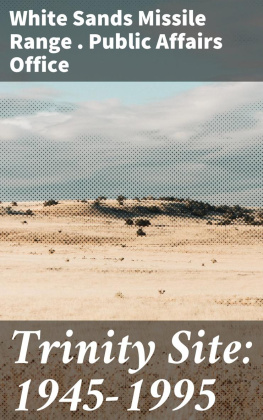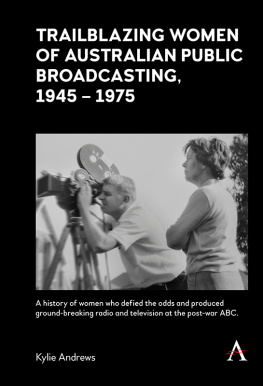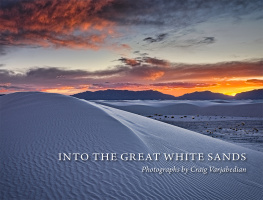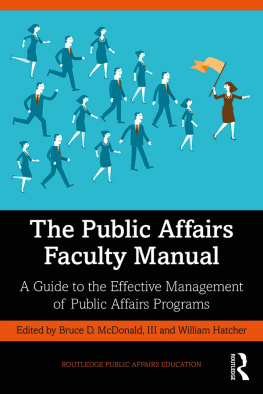Radiation at Trinity Site
Table of Contents
In deciding whether to visit ground zero at Trinity Site, the following information may prove helpful to you.
Radiation levels in the fenced, ground zero area are low. On an average the levels are only 10 times greater than the region's natural background radiation. A one-hour visit to the inner fenced area will result in a whole body exposure of one-half to one milliroentgen.
To put this in perspective, a U.S. adult receives an average exposure of 90 milliroentgens every year from natural and medical sources. For instance, the Department of Energy says we receive between 35 and 50 milliroentgens every year from the sun and from 20 to 35 milliroentgens every year from our food. Living in a brick house adds 50 milliroentgens of exposure every year compared to living in a frame house. Finally, flying coast to coast in a jet airliner gives an exposure of between three and five milliroentgens on each trip.
Although radiation levels are low, some feel any extra exposure should be avoided. The decision is yours. It should be noted that small children and pregnant women are potentially more at risk than the rest of the population and are generally considered groups who should only receive exposure in conjunction with medical diagnosis and treatment. Again, the choice is yours.
At ground zero, Trinitite, the green, glassy substance found in the area, is still radioactive and must not be picked up.
Typical radiation exposures for Americans
Per The National Council on Radiation Protection
On hour at ground zero = mrem
Cosmic rays from space = 40 mrem at sea level per year
Radioactive minerals in rocks and soil = 55 mrems per year
Radioactivity from air, water, and food = anywhere from 20 to 400 mrem per year
About 22 mrem per chest X-ray and 900 mrem for whole-mouth dental X- rays
Smoking one pack of cigarettes a day for one year = 40 mrem
Miscellaneous such as watch dials and smoke detectors = 2 mrem per year
How to Get to Trinity Site
Table of Contents
Trinity Site, where the world's first atomic bomb was exploded in 1945, is normally open to the public twice a year--on the first Saturday in April and October.
Trinity is located on the northern end of the 3,200-square-mile White Sands Missile Range, N.M., between the towns of Carrizozo and Socorro, N.M. There are two ways of entering the restricted missile range on tour days.
Visitors can enter through the range's Stallion Range Center which is five miles south of Highway 380. The turnoff is 12 miles east of San Antonio, N.M., and 53 miles west of Carrizozo, N.M. The Stallion gate will be open 8 a.m. to 2 p.m. Visitors arriving at the gate between those hours will receive handouts and will be allowed to drive unescorted the 17 miles to Trinity Site. The road is paved and marked.
The other way of entering the missile range is by travelling with a caravan sponsored by the Alamogordo (N.M.) Chamber of Commerce. The caravan forms at the Otero County Fairgrounds in Alamogordo and leaves at 8 a.m. Visitors entering this way will travel as an escorted group with military police to and from Trinity Site. The drive is 170 miles round trip. There are no service station facilities on the missile range. The caravan is scheduled to leave Trinity Site at 12:30 p.m. for the return to Alamogordo. The caravan may leave later if there is a large number of vehicles in the returning caravan.
In 1995, an additional open house will be conducted on July 16, the 50th anniversary of the Trinity test. Visitors may enter the missile range through the Stallion Range Center gate from 5 to 11 a.m. There will be no caravan leaving from Alamogordo, N.M., for this event. The early hours will allow visitors to be on-site at 5:29:45 a.m., the time the Trinity Site detonation occurred, and should help visitors avoid the 100-plus degree afternoon temperatures common here in July.
Included on the Trinity Site tour is Ground Zero where the atomic bomb was placed on a 100-foot steel tower and exploded on July 16, 1945. A small monument now marks the spot. Visitors also see the McDonald ranch house where the world's first plutonium core for a bomb was assembled. The missile range provides historical photographs and a Fat Man bomb casing for display. There are no ceremonies or speakers.
Portable toilet facilities are available on site. Hot dogs and sodas are sold at the parking lot. Cameras are allowed at Trinity Site, but their use is strictly prohibited anywhere else on White Sands Missile Range.
For more information, contact the White Sands Missile Range Public Affairs Office at (505) 6781134/1700.
Trinity Site National Historic Landmark
Table of Contents
Trinity Site is where the first atomic bomb was tested at 5:29:45 a.m. Mountain War Time on July 16, 1945. The 19 kiloton explosion not only led to a quick end to the war in the Pacific but also ushered the world into the atomic age. All life on Earth has been touched by the event which took place here.
The 51,500-acre area was declared a national historic landmark in 1975. The landmark includes base camp, where the scientists and support group lived; ground zero, where the bomb was placed for the explosion; and the McDonald ranch house, where the plutonium core to the bomb was assembled. On your visit to Trinity Site you will be able to see ground zero and the McDonald ranch house. In addition, on your drive into the Trinity Site area you will pass one of the old instrumentation bunkers which is beside the road just west of ground zero.
The Manhattan Project
Table of Contents
The story of Trinity Site begins with the formation of the Manhattan Project in June 1942. The project was given overall responsibility of designing and building an atomic bomb. At the time it was a race to beat the Germans who, according to intelligence reports, were building their own atomic bomb.
Under the Manhattan Project three large facilities were constructed. At Oak Ridge, Tenn., huge gas diffusion and electromagnetic process plants were built to separate uranium 235 from its more common form, uranium 238. Hanford, Wash. became the home for nuclear reactors which produced a new element called plutonium. Both uranium 235 and plutonium are fissionable and can be used to produce an atomic explosion.
Los Alamos was established in northern New Mexico to design and build the bomb. At Los Alamos many of the greatest scientific minds of the day labored over the theory and actual construction of the device. The group was led by Dr. J. Robert Oppenheimer who is credited with being the driving force behind building a workable bomb by the end of the war.
The Theory
Table of Contents
Los Alamos scientists devised two designs for an atomic bomb--one using the uranium and another using the plutonium. The uranium bomb was a simple design and scientists were confident it would work without testing. The plutonium bomb worked by compressing the plutonium into a critical mass which sustains a chain reaction. The compression of the plutonium ball was to be accomplished by surrounding it with lens-shaped charges of conventional explosives. They were designed to all explode at the same instant. The force is directed inward, thus smashing the plutonium from all sides.











